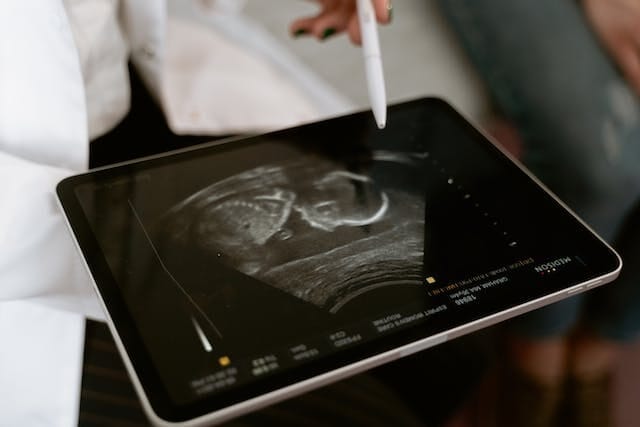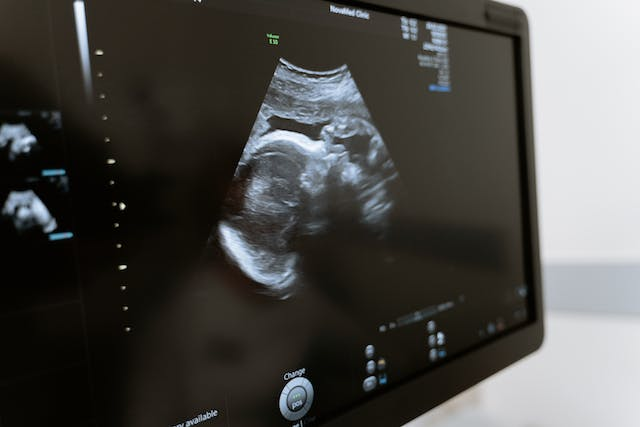
What do BPD in Pregnancy Test Results mean for the Foetus?
Time to read 2 min
Time to read 2 min
BPD stands for biparietal diameter which is an important foetal measurement to check for the baby's development. Average measures and normal means are tracked, to check if your foetus may have development conditions or risk of anomalies.
Through a prenatal ultrasound, the estimate gestational age and the overall baby's development, can be measured through the fetal biometry. While gestational ages can be tracked through BPD and other measurements, it is also important to consistently track normal BPD to know foetal growth.
BPD is also a part of the overall first and second trimester screening process so that your baby's overall health can be determined. It is vital to have the right measures for the child so that any anomalies can be detected earlier.
The BPD measurement results can also provide relief if there is a risk factor present, such as with late age pregnancies and multiple miscarriages history. You should closely track your baby's head measurement if there is a family history of developmental conditions as well.
During the ultrasound, the foetus' head circumference (HC), abdominal circumference (AC), and femur length (FL) are checked to ensure normal growth and development. These factors are important to track to understand whether there is a risk of abnormality, issue with placenta, etc.
The diameter of the head, which is biparietal diameter BPD, is checked to track anomalies and estimate foetal weight. Your doctors can also identify growth anomalies, risk of delayed development, intrauterine growth retardation, and other conditions by analysing BPD measurements.
The two parietal bones, which join to form the sides and top of the skull, are checked to identify the BPD in pregnancy. The gestational age, fetal weight, and overall fetal growth, are analysed during the measurement of the BPD.
It is important to know the normal ranges for BPD so that you're able to measure foetal development with average means during the correct age. The normal range should also be measured considering the complete medical history as well as any underlying conditions that the foetus may have.
29.4mm
49.4 mm
78.4 mm
95.6 mm
Abnormal BPD measurement can indicate abnormal fetal development, considering multiple factors and parameters. You should check for the BPD measurements regularly so that your doctors have accurate information with regards to all risk factors.
While the fetal head measurement is key, there are other ultrasound measurements that are needed within the overall estimating fetal weight process. These in conjunction can provide more information to your doctor through the ultrasound.
The length around the head or the circumference of the child's head should be measured to ensure optimal brain development.
The diameter of the baby's head is another important measurement that needs to be taken into account when checking for optimal growth.
The circumference around the tummy of the baby is important to measure to check for signs of abnormality or delayed growth.
The first trimester top of the head to the bottom of the head length is an important measure to check for anomalies.
This is another important estimate to check for the estimated foetal weight for optimal growth.
*Medical Disclaimer - The following information is for educational purposes only. No information provided on this website, including text, graphic, and images, are intended as substitutes for professional medical advice. Please consult with your doctor about specific medical advice pertaining to your condition(s)

